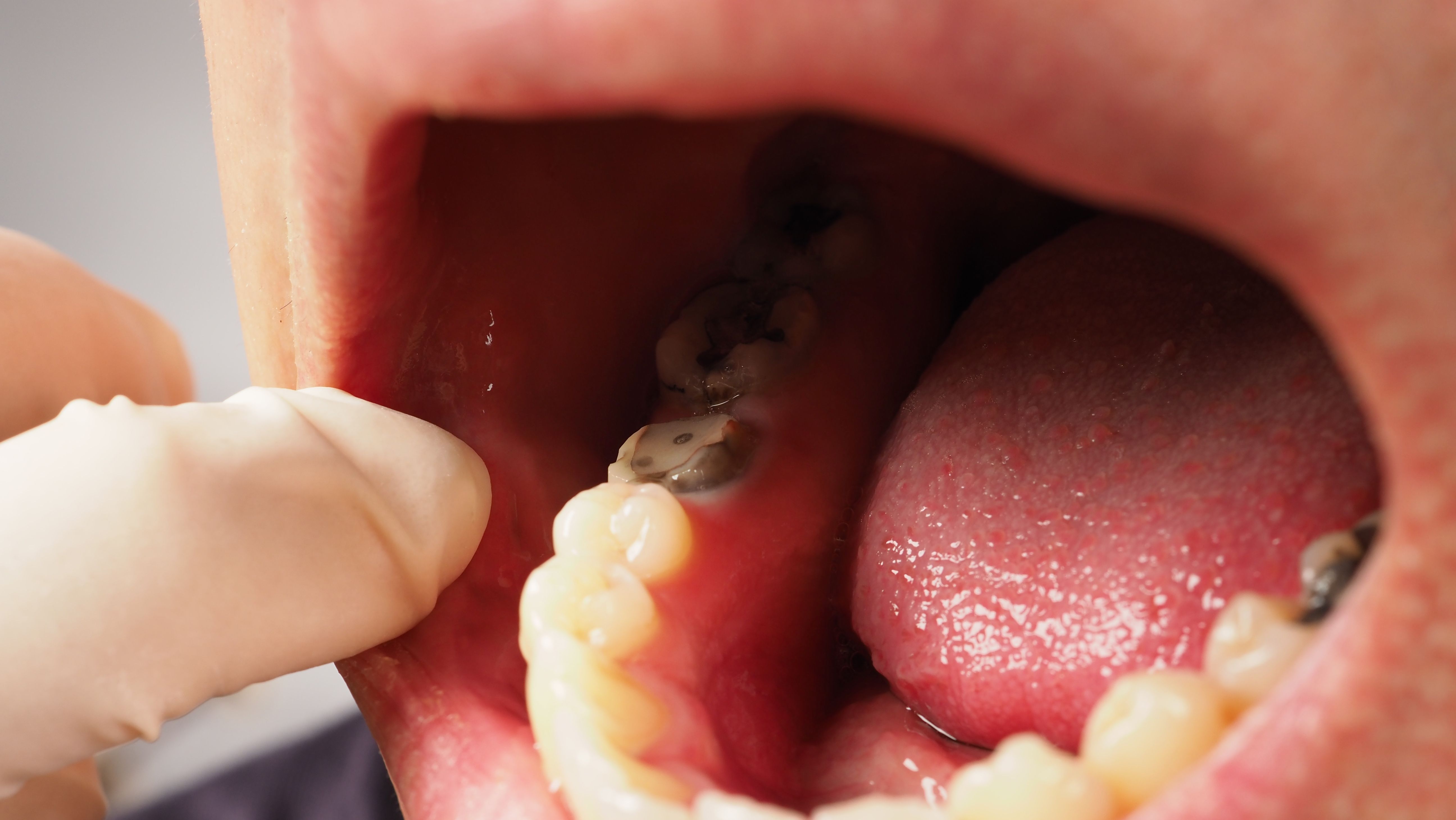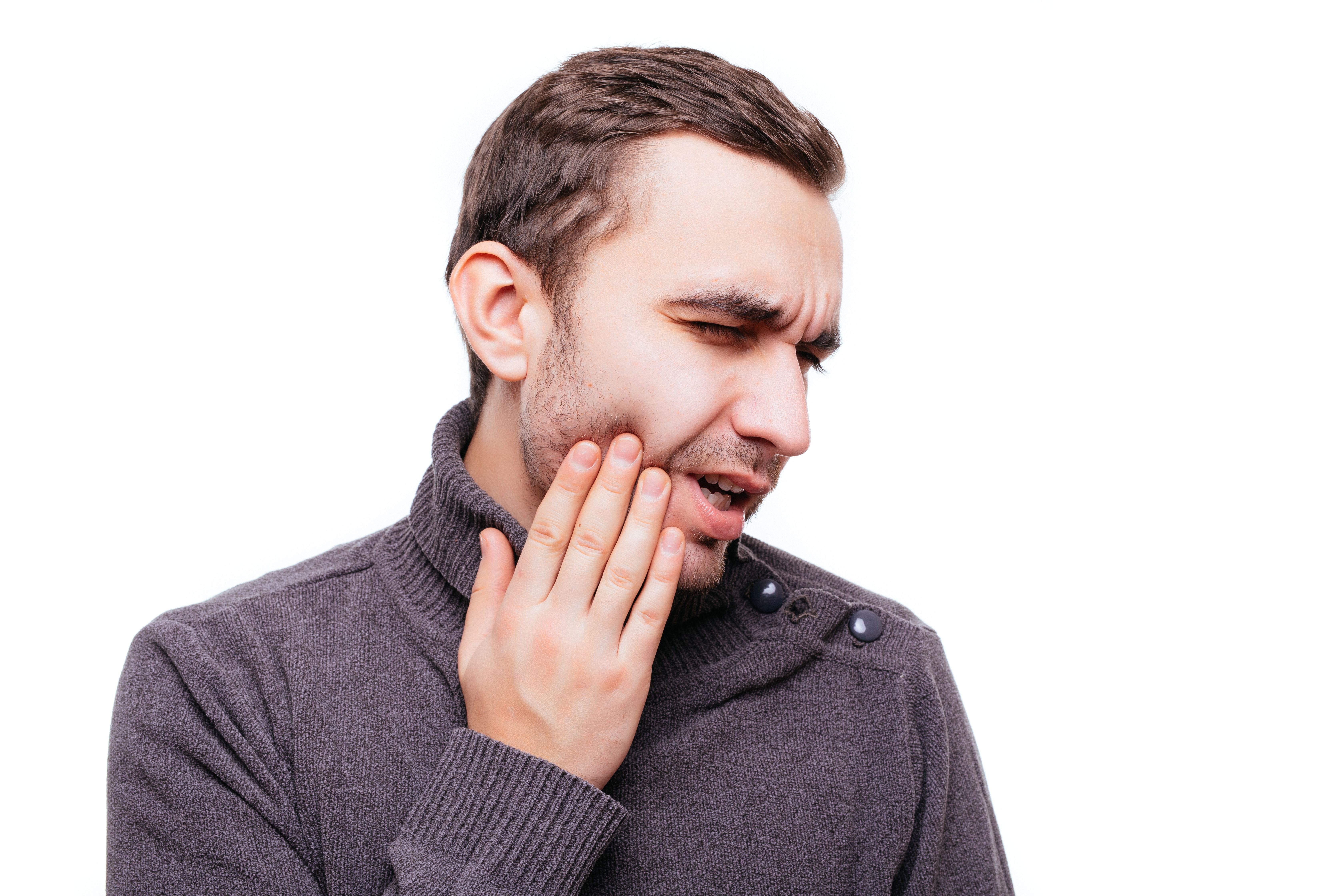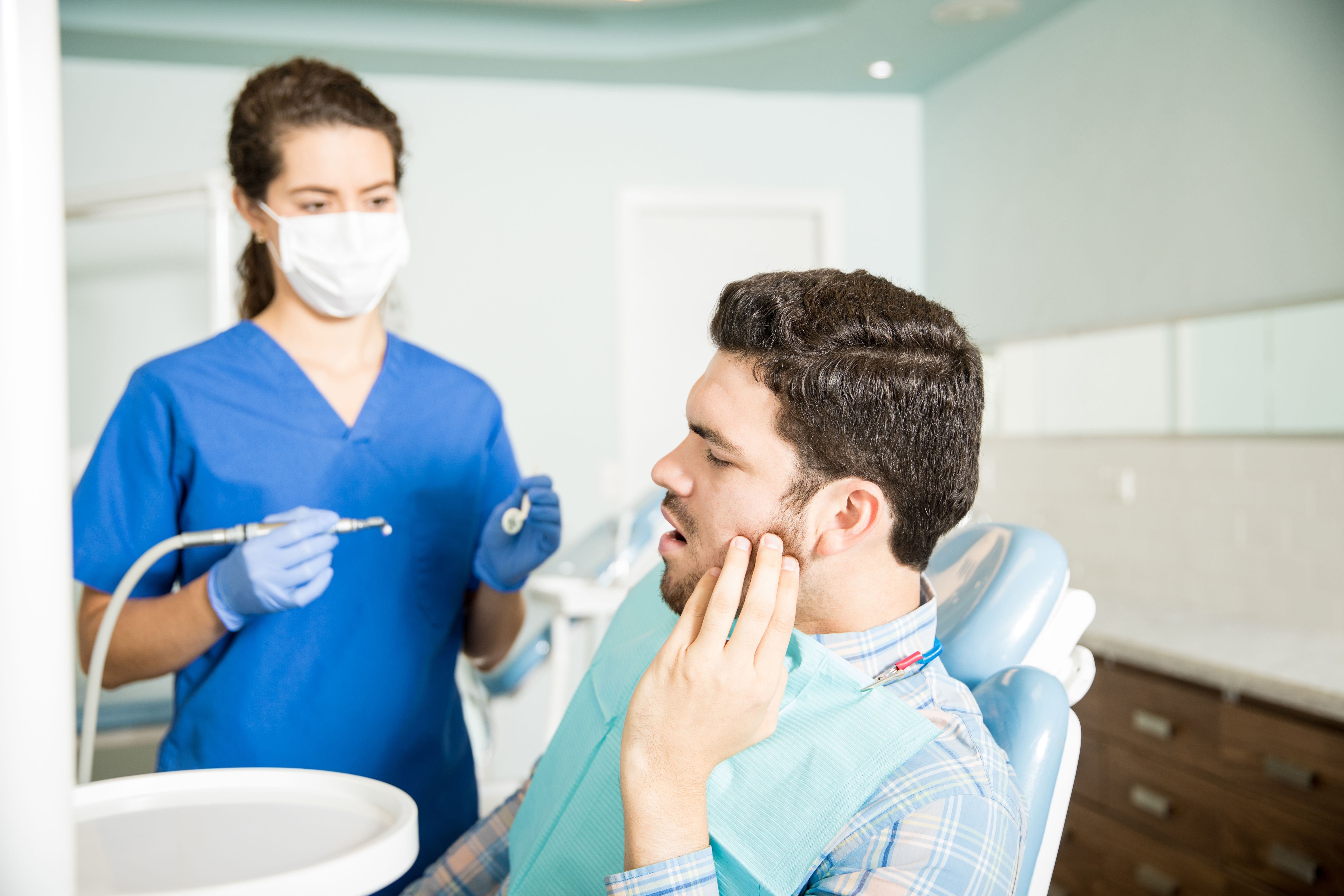Sensitivity to hot or cold eateries may be more than just an annoyance if it causes excruciating pain in your teeth. These are similar symptoms that indicate pulp infections in a tooth. So, why do you have this problem, and what can your dentist do about it? Read on for information on the causes, symptoms, and treatment options for infected tooth pulp.
Pulpitis
There are three parts to each of your teeth: the hard outer enamel, the softer inner dentin, and the more sensitive inner dental pulp. Connective tissue, nerves, and blood vessels make up your tooth's pulp. The pulp nourishes the tooth root and is the "heart" of the tooth. The tough outer layers of your teeth rely on the pulp for its source of blood and nutrition.
Cavities and other issues related to the mouth's oral health may produce swelling in the dental pulp region. This inflammation of the tooth pulp is known as pulpitis.
Causes behind Pulp Infections
On top of poor oral hygiene, several other factors may breach the pulp chamber and cause pulp damage:
- Cavities, or caries, may be severe.
- Injuries.
- A tooth with a deep split exposes the pulp.
- Injury caused by a strike or a fall.
- Symptoms of periodontal disease.
- Teeth grinding or bruxism.

Types of Pulpitis
Reversible Pulpitis
Only inflammation is seen in cases with reversible pulpitis because the infection has not yet entered the pulp chamber. A tooth with reversible pulpitis may have a shallow cavity, meaning no bacteria are present in the pulp. Hence the situation is reversible with proper treatment and care.
- Symptoms:
Pain in the teeth, particularly throbbing pain synchronized with your pulse, is the most telltale sign of reversible pulpitis. People sometimes mistake tooth discomfort for pain from other things, such as allergies or pressure in the sinuses. Therefore, it's crucial to pay attention to other indications, such as:
- Sensitivity: When your sensitive tooth contacts anything hot, cold, or sweet, you may experience acute discomfort. Although, in reversible pulpitis, pain from such interaction will subside quickly.
- Swelling: Tooth pulp inflammation may influence other regions of your mouth and cause puffy, red gums.
- Tapping test: Tapping or applying pressure to the damaged tooth may cause sudden, excruciating pain.
- Treatment:
The treatment for reversible pulpitis depends on determining the condition's root cause. Your dentist can fix any situation in a short amount of time and without any unnecessary surgery.
Cavities most often cause reversible pulpitis. Sometimes, a patient only needs cleaning and a bonded filling. If you have a broken tooth, your dentist may recommend a crown. If you grind your teeth or have malocclusions, you may need a nightguard or an occlusal adjustment. Moreover, prescribed antibiotics remove any lingering inflammation or infection. In a couple of days after treatment, the symptoms resolve independently.
Irreversible Pulpitis
Irreversible pulpitis is a typical reason for emergency dental visits. Pulpitis with pulp chamber rupture is considered irreversible. Bacteria cause inflammation and infection in the pulp. Pain from irreversible pulpitis may be severe enough to cause nighttime awakenings.
- Symptoms:
Pain, swelling, and heightened sensitivity are all symptoms of irreversible pulpitis. However, every sign is heightened and leads to other complications.

- Sensitivity: You may feel discomfort for more than 30 seconds after exposure to heat, cold, or sugar.
- Swelling: Inflammation of the tooth pulp may lead to puffiness in the cheek or gums around the tooth's crown.
- Tapping test: Tap or pressure tests will cause more severe discomfort, making it difficult to eat and swallow. You may also feel a constant, throbbing solid pain, the cause of which is unclear, and it may worsen when you lay down.
- Unpleasant Taste: An infected tooth pulp may lead to foul breath and an unpleasant aftertaste that won't go away.
- Severe symptoms: Pulp infections include high body temperature, chills, and enlarged lymph nodes. A painful rash is another possible symptom of a severe illness.
- Lockjaw: The inability to open one's mouth (trismus), sometimes called lockjaw, is also one of the severe indications of irreversible pulpitis.
- Treatment:
This type of infection is a significant emergency. The pulp is dying in this type of infection, often called pulp necrosis. Because of gas and pus production caused by necrosis of the pulp, patient experience swelling and discomfort (the traditional toothache).
An endodontist determines whether to preserve or remove a tooth. Root canals remove the dead pulp, debris, and infection from the tooth interior and roots. They seal and crown each root canal after removing the infection. Should your endodontist advocate tooth removal, you may have a bridge or implant. After the treatment, the endodontist will often provide the patient with a prescription for antibiotics and pain medication.
Contact your Pinole dentist, Azadeh Hosseini, DDS, or Ghazal Hosseini, DDS, at Top Pinole Dental today to learn more about Pulp Infections and Treatments.
Resource:
Importance Of Flossing In Dental Hygiene
This media/content or any other on this website does not prescribe, recommend, or prevent any treatment or procedure. Therefore, we highly recommend that you get the advice of a qualified dentist or other medical practitioners regarding your specific dental condition.
1500 Tara Hills Dr., Suite 104A, Pinole, CA 94564
Monday – Saturday 8:00 AM to 5:00 PM
